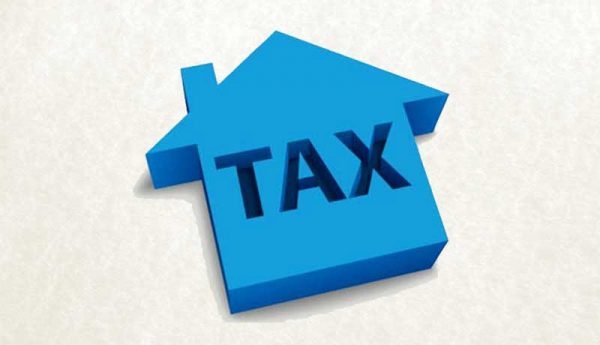It is the duty of every eligible earning individual in the country to pay income tax, with the income tax department keeping a watchful eye on tax evaders. Paying taxes can be a burden, both financially and on our time, which is why the department has provided adequate provisions, ensuring that taxes are no longer something which people avoid.
Advance/Self-Assessment Tax:
Most of us pay advance tax on our income, ensuring that the overall tax liability is split up into portions, thereby reducing burden on us to pay a lump sum in one go. A look at our salary slips shows the amount deducted every month as tax, with this computation being done at an approximate level, but the actual tax liability can differ from the amount which has been deducted. There can be cases where the amount paid as advance tax is lesser than the actual tax which an individual should pay, in which case additional amounts need to be paid to clear dues.
A number of taxpayers self-assess their taxes, which are almost equal to the actual tax liability (in most cases), but there could be times when self-assessment goes off track, providing erroneous results. Again, this results in a situation where additional amounts need to be paid to clear tax dues after the IT return has been filed.
Procedure to Pay Due Income Tax:
Paying taxes are viewed as time consuming and complicated by most, and the thought of paying additional dues can make us extremely worried. This, however, isn’t the case, for the Income Tax Department has put sufficient measures in place to ensure that all dues can be paid quickly and without hassles. The IT Department also sends out notices and reminders to people who have taxes due, thereby ensuring that people are aware about their tax liability and can pay the same in order to avoid penalties in the future.
Individuals who are expected to pay their due taxes can do so by following the steps mentioned below.
- Log on to the official website of the income tax department (TIN NSDL Website) and navigate to the e-payment section.
- Once here, choose Challan number 280 which is designed specifically to pay income tax.
- Fill challan 280 with the necessary details, including your Permanent Account Number, assessment year, name, address, contact number and email id.
- The challan will provide an option on the kind of tax applicable, either advance tax or tax on regular assessment. Individuals will have to choose tax on regular assessment in case they have received intimation to pay additional taxes from the Income Tax Department.
- Once this is done, enter the name of the bank through which you wish to pay. On choosing the “proceed” tab, you will be directed to the online payment portal wherein you can enter the amount due and complete the payment.
- On payment of taxes a receipt will be generated. This receipt will contain information about the tax paid and should be kept in case of future communication with the department.
One can also choose to pay the tax offline, by visiting designated banks and paying the amount which is due, either in the form of cash or cheque. Individuals will have to collect the tax challan from the IT office, fill and submit it along with the requisite amounts.
Things to Consider while paying Dues:
There are a few things one should consider while paying dues in order to avoid further hassles.
- PAN: It is imperative to enter the right Permanent account number.
- Verification: The completed form should be checked and verified to ensure there are no mistakes.
- Calculation: The amount due should be cross checked and individuals should calculate it themselves to ensure no mistakes creep in.
- Receipt: The receipt generated after the tax has been paid should be kept safe, as the challan identification number on it is useful for future correspondence with the department.

